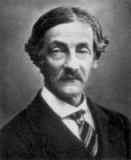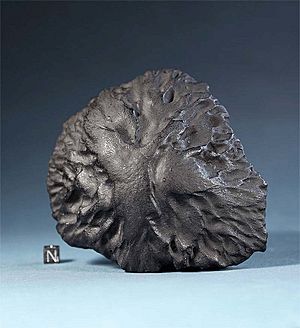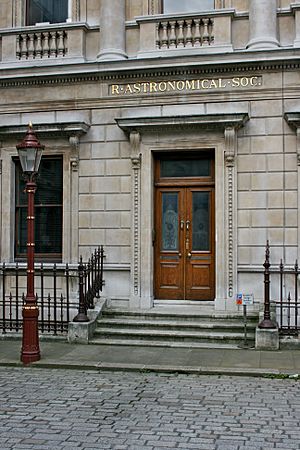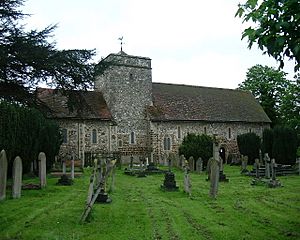Alexander Stewart Herschel facts for kids
Quick facts for kids
Alexander Stewart Herschel
|
|
|---|---|
 |
|
| Born | 5 February 1836 Feldhausen, near Cape Town, British Cape Colony (today South Africa)
|
| Died | 18 June 1907 (aged 71) Slough, England
|
| Citizenship | United Kingdom |
| Alma mater | Trinity College, Cambridge |
| Spouse(s) | None |
| Scientific career | |
| Fields | astronomy, physics |
| Institutions | Royal School of Mines, Andersonian University, University of Durham |
Alexander Stewart Herschel (born February 5, 1836 – died June 18, 1907) was a British astronomer. He might not be as famous as his grandfather William Herschel or his father John Herschel. But Alexander did very important work in studying meteors using light. This is called spectroscopy. He also figured out that comets are the source of meteor showers. A special shape in math, called the Herschel graph, is named after him. He worked on a puzzle game by William Rowan Hamilton that involved paths on shapes.
Early Life and Education
Alexander was the second son and fifth child of Sir John Herschel and Lady Margaret Herschel. He was born on February 5, 1836, in Feldhausen, near Cape Town, South Africa. His family was there because his father was doing astronomy work. The family moved back to England in 1838.
Alexander first had private lessons at home. In 1851, he went to Clapham Grammar School in London. Later, in 1855, he went to Trinity College, Cambridge. He finished his first degree in 1859. While he was a student, he helped James Clerk Maxwell with his ideas about how things spin. In 1861, Herschel went to the Royal School of Mines in London. This is where he started watching meteors. He continued to observe meteors for the rest of his life. He also wrote many articles about weather for the British Meteorological Society.
His Work as a Scientist
From 1866 to 1871, Alexander Herschel taught about natural philosophy. He was also a professor of physics at the Andersonian University in Glasgow. Then, from 1871 to 1886, he became the first professor of physics at the University of Durham College of Science in Newcastle upon Tyne. At Durham College, he worked hard to get equipment for the new science lab. He even built some of the equipment himself. When the college moved to new buildings, a new lab was named after him: the Herschel Physical Laboratory.
Herschel kept careful notes of all the shooting stars he saw. He also collected and studied observations from other scientists around the world. With another scientist, Robert P. Greg, he created large lists of where meteor showers seemed to come from. These lists were published in reports for the British Association. He also made a list of where comets seemed to come from.
He wrote yearly reports about meteors for the British Association. These reports included details about large meteors seen and new discoveries in meteor science. He also wrote many important papers for the Monthly Notices of the Royal Astronomical Society. In a paper from 1872, he showed that meteors (like the Andromedids) are connected to comets (like Biela's Comet). He even predicted a meteor shower that happened later that year.
Herschel became very good at tracking the paths of meteors among the stars. From his work on the Leonids meteor shower, another scientist, Giovanni Schiaparelli, realized that their path around the sun was the same as Tempel's Comet of 1866. Herschel also noticed the bright green color of two Geminid meteors he saw in 1864 and 1873.
Besides studying meteors, Herschel was interested in many other areas of science. He joined the Physical Society of London in 1889. He also often wrote for the science magazine Nature. In 1893, a large photo of Alexander Herschel was given to the South Kensington Museum. This photo is now part of the National Portrait Gallery, London.
In 1867, Herschel became a member of the Royal Astronomical Society. On June 12, 1884, he was chosen as a Fellow of the Royal Society. This was a great honor that his grandfather, father, and younger brother John Herschel the Younger had also received. In 1886, he stopped being a professor. He was given an honorary degree from Durham University. In 1888, he moved back to the house in Slough where his grandfather, Sir William Herschel, used to live. This house is now called Observatory House. He lived there until he passed away. Later in his life, he traveled to Spain to see the solar eclipse of 1905.
Death
Alexander Stewart Herschel never married. He died at Observatory House on June 18, 1907. He was buried in the Church of St Laurence, Upton-cum-Chalvey, in the same part of the church where his grandfather is buried.




